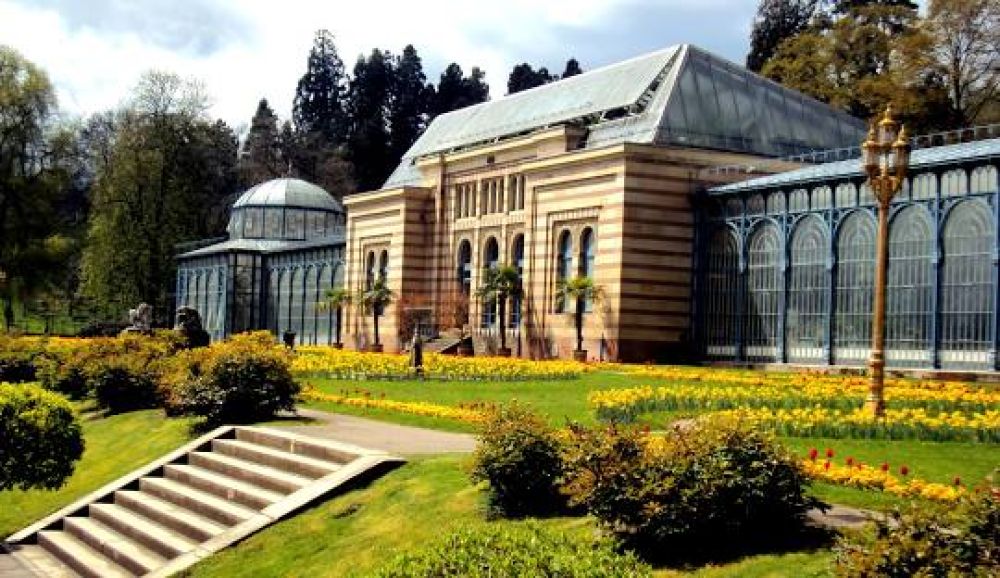

Wilhelma Zoo and Botanical Garden in Stuttgart, Germany, is a unique blend of zoological and botanical institutions that has evolved remarkably throughout its history. Originally designed as a private royal retreat in the 19th century, Wilhelma has transformed into a public attraction and research facility, which today boasts over 1,000 animal species and 7,000 plant species within its grounds.
The history of Wilhelma dates back to 1846, when King Wilhelm I of Württemberg commissioned the construction of a Moorish garden complete with an opulent bathhouse, inspired by the Alhambra in Granada, Spain. This complex was part of the larger royal estate known as Rosenstein Park. Post World War II, the site evolved from a private royal park into its present form as a public zoo and botanical garden.
After the destruction brought by the war, the garden was repurposed and opened to the public in 1949. The transformation from a royal park to a zoological and botanical garden was driven by the desire to educate and bring nature closer to the urban population. Over time, it expanded its collection, becoming one of the largest and most popular zoological and botanical gardens in Europe.
Today, visitors can admire a diverse array of habitats and ecosystems represented in Wilhelma. This includes an aquarium, a terrarium, an Amazonian house, magnolia grove, and greenhouses that feature plants from tropical and subtropical climates. The zoo component complements the gardens with a variety of animals ranging from apes and sea lions to tropical birds and insects.
Wilhelma takes an active role in conservation efforts and is part of international breeding programs and scientific research projects aimed at preserving endangered species. Education is another significant aspect, with the zoo providing numerous learning opportunities for children and adults alike, emphasizing the importance of biodiversity and sustainability.
In recent years, Wilhelma has adapted to modern tourism trends by enhancing the visitor experience through various initiatives. This includes the development of digital guides, interactive exhibits, and special behind-the-scenes tours, which offer more in-depth insights into the life of the zoo's inhabitants and the conservation work being carried out by the institution.
Another emerging trend is the focus on sustainable tourism. Wilhelma promotes environmentally friendly practices such as utilizing renewable energy sources and reducing waste. The institution also encourages visitors to contribute to sustainability efforts by offering tips on how they can make more eco-conscious choices during their visit and beyond.
Wilhelma Zoo and Botanical Garden continues to thrive as a beloved destination for locals and tourists, blending educational experiences with the simple pleasure of connecting with nature. Its illustrious history and continuous development in the field of conservation and sustainability ensures that it remains a cherished part of Stuttgart's cultural and natural heritage.